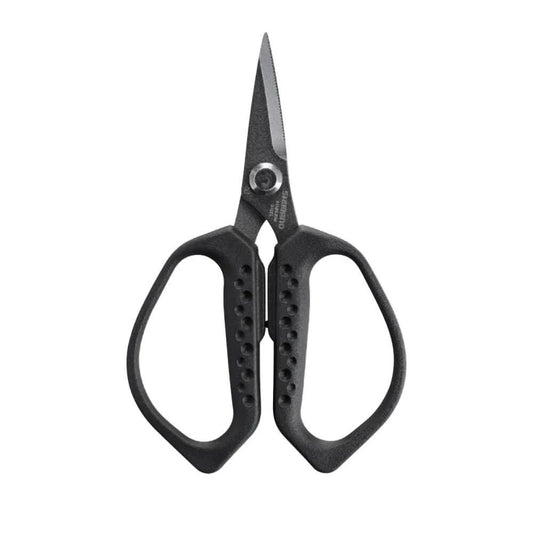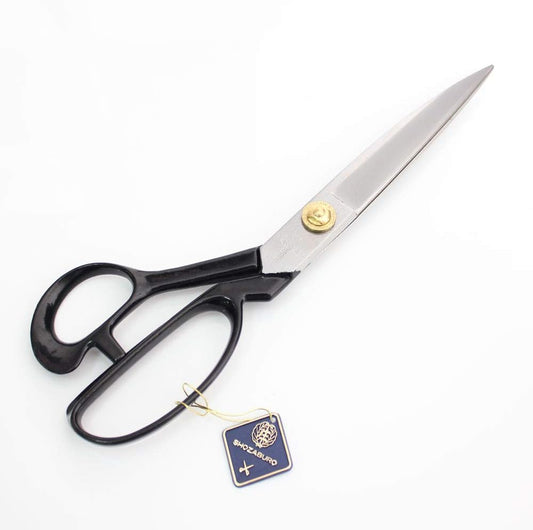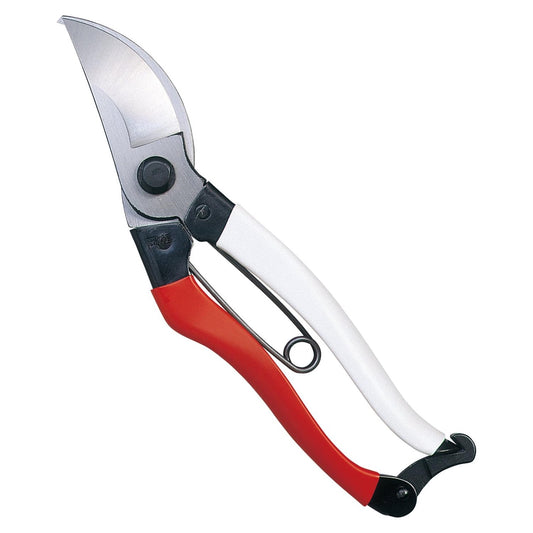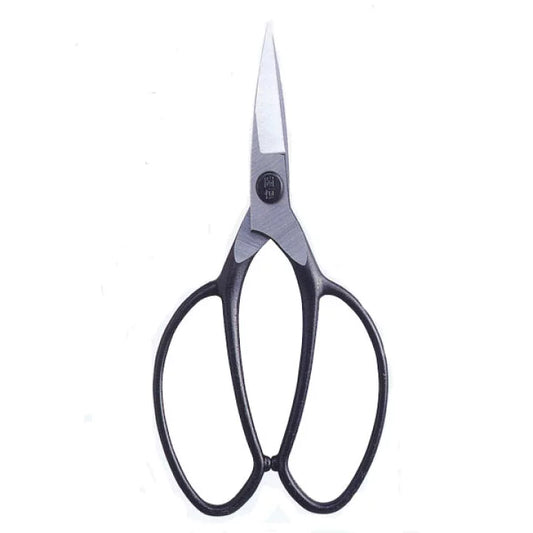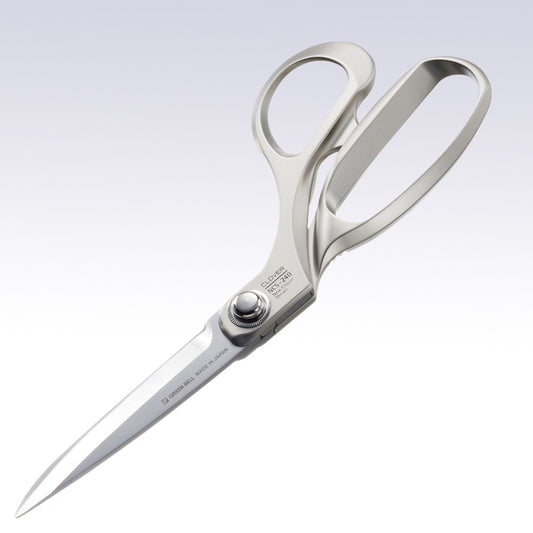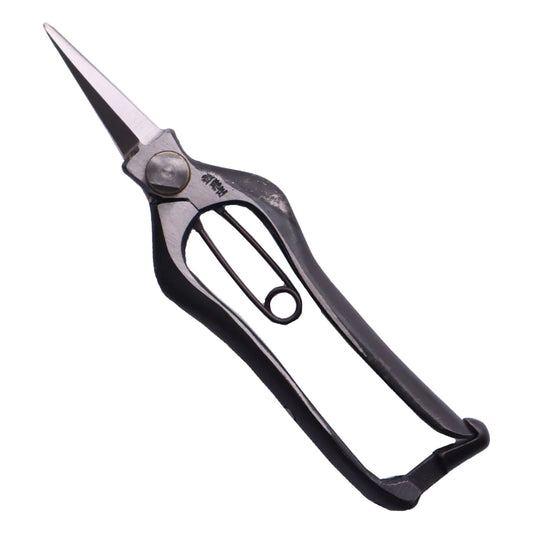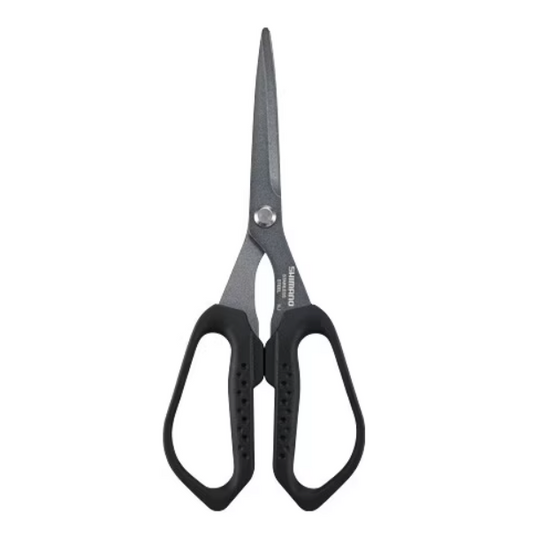Understanding Japanese Blade: The Science and Artistry
Types of Iron: A Comprehensive Overview
When delving into the intricacies of blades, particularly their characteristics, two pivotal aspects come to the fore:
- Carbon Content
- Composition
With a firm understanding of these elements, you'll be better equipped to choose the optimal steel for your blade, ensuring its peak performance.
Understanding Steel: The Hagane
Iron is generally classified based on its carbon content into three categories:
- Iron (Tetsu): Carbon content ranges from 0 to 0.04%.
- Steel (Hagane): Features a carbon content between 0.04% and 2.1%.
- Cast Iron (Imono): A carbon concentration of 2.1% to 6.7%.
'Hagane' is commonly understood as an alloy of iron (Fe) with carbon (C) amounts varying from 0.04% to 2.1%. Although there are varieties like alloy steel and stainless steel, carbon steel is most frequently associated with Hagane. Pure iron is seldom used for blades due to its inadequate hardness post-tempering, and cast iron's lack of toughness makes it unsuitable for blade-making.
The Role of Carbon Content
Carbon is the driving force behind the sharpness of Japanese knives. Higher carbon content translates to increased hardness. Minor variations, even of 0.1%, can significantly impact sharpness. Blade hardness is usually quantified using the Rockwell C scale (HRc), which measures the depth of indentation caused by applying a specified force onto a material. Although hardness does not scale linearly with Rockwell values, it's essential to realize that harder blades, while longer-lasting, are more vulnerable to impacts. Generally, high-carbon blade steels possess a hardness ranging between HRc52 and 58, while stainless blade steels have an HRc56 to 60 range. Anything below HRc52 is perceived as soft for blades, and values above HRc60 indicate a very hard but potentially brittle blade.
The Five Essential Elements of Steel
While one might simplistically view steel as an alloy of iron and carbon, it also contains silicon, manganese, phosphorus, and sulphur. Termed as the "Five Elements of Steel", the proportions of these elements determine the properties of steel. Notably, high-quality steel has minimal amounts of phosphorus and sulphur, which are viewed as impurities.
Functions of the Five Elements:
- Carbon (C): Crucial for enhancing steel's hardness and strength.
- Silicon (Si): Strengthens steel and aids in oxygen removal during the molten phase.
- Manganese (Mn): Essential for tempering and lends resilience and toughness to steel.
- Phosphorus (P) & Sulphur (S): Both elements are detrimental to steel quality, making it brittle under specific conditions.
Steel compositions influence the complexities of manufacturing processes. For instance, tempering Shiro (White Label) Steel requires precision, especially during rapid cooling, which can cause blade cracking. Conversely, Ao (Blue Label) Steel, infused with elements like chromium and tungsten, may be easier to temper, but still demands an artisan's expertise for optimal results.
Key Blade Characteristics
- Manufacturability: How easily a blade can be machined.
- Tempering Hardenability: The ease of achieving hardness post-tempering.
- Tempering Sensitivity: Likelihood of blade cracking during tempering.
- Sharpness: Indicates the edge's keenness.
- Edge Retention: How long a blade remains sharp.
- Strength: The blade's resistance against breakage and bending.
- Toughness: Ability to withstand energy without fracturing.
- Wear Resistance: The resistance to wear and abrasion.
- Resilience: The blade's capacity to revert to its original form post-bending.
- Resistance to Rust: Gauge of the blade's resistance to oxidation.
The distinction between a masterful blade and an inferior one often lies in the tempering process. Each steel type has unique tempering requirements — both in terms of heat and cooling methods. Proper adherence ensures even distribution of carbon and other elements, yielding superior blades.
In essence, the allure of Japanese knives isn't solely in their cutting prowess but also in the harmonious melding of expert craftsmanship with judicious steel composition. It's this marriage of metallurgy and artistry that determines their unparalleled quality.

